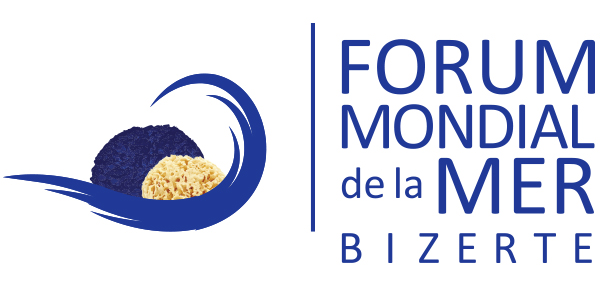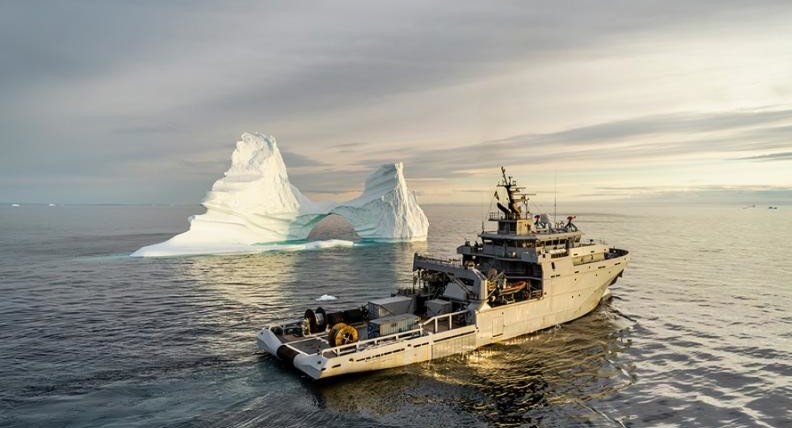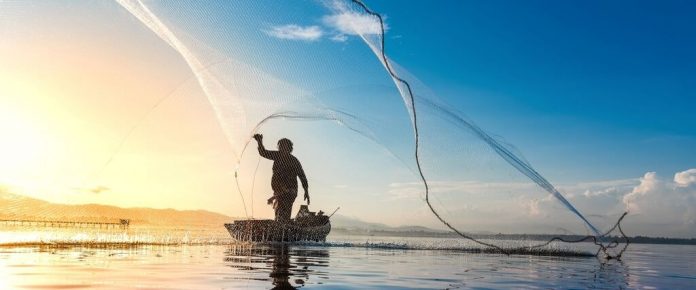- Mining company Blue Moon Metals plans to dispose of its mining waste in Repparfjord, a nationally protected salmon fjord in the Norwegian Arctic that Indigenous Sámi fishers rely on.
- When operational, the Nussir ASA copper mine will deposit between 1 million and 2 million metric tons of tailings at the bottom of the fjord annually, according to the company’s permit.
- The Norwegian Environment Agency told Mongabay that the company plans to place its mining waste into the fjord in a controlled manner to limit the dispersal of harmful residues.
- Some Sámi residents, whose livelihoods depend on fishing and reindeer herding, told Mongabay they fear the tailings and mine will destroy vital marine habitats for salmon and disrupt traditional reindeer breeding and migration areas.
The Norwegian government has granted permission for the construction and operation of the Nussir copper mine in Hammerfest, a municipality on the northwestern coast of the island of Kvaløya, in Norway. The company plans to pipe between 1 million and 2 million metric tons of mining waste, or tailings, annually to the bottom of Repparfjord, a nationally protected salmon fjord in the Norwegian Arctic that Indigenous Sámi fishers depend on for their livelihoods.
The Nussir mining project is owned by Canadian company Blue Moon Metals. The Norwegian Environmental Agency issued Nussir ASA, the project’s previous owner, its environmental license after it confirmed the company’s plan to securely place the tailings at the bottom of the sea. However, this has faced strong opposition from some Sámi Indigenous people and environmental activists, who say they fear the mine and marine waste deposit will destroy vital marine habitats for species such as Atlantic salmon (Salmo salar) and disrupt traditional breeding and migration areas for reindeer (Rangifer tarandus).

“The biggest social impact is the feeling that no place is safe, that local culture and the environment can only survive until someone finds a commercially viable project,” Frode Elias Lindal, a Green Party local representative for the Alta municipality council and Finnmark county council, who is part Sámi and part Norwegian, told Mongabay via email. “There is an ominous feeling that individual and collective rights are not real. [Mining] will also lead to reduced viability of the renewable resources in the ocean, and one less place for the fish to spawn and to grow, and for people to get food and revenue from the fisheries.”
In June, the European Commission designated the Nussir project a strategic critical raw material project under the Critical Raw Materials Act (CRMA), an initiative to ensure the EU has access to the minerals it deems critical for the green energy, digital, aerospace and weapons sectors.
“We look forward to working together with the EU Commission [sic] and our stakeholders to maximize the local and regional benefits of the project, to support Europe’s self-relance [sic] for critical mineral supply, and to significantly contribute to the green energy transition in the current geopolitically complex backdrop,” Blue Moon Metals’ CEO, Christian Kargl-Simard, said in a press release.
Blue Moon Metals, Nussir ASA, the Norwegian Directorate of Fisheries and the Hammerfest municipal government did not respond to Mongabay’s requests for comment by the time this article was published.
Concerns for marine habitats
Repparfjord, the Arctic inlet where the Nussir project plans to dispose of its mining waste, is a nationally protected salmon fjord. The area is a critical habitat for Atlantic salmon, which spawn there, and supports the livelihoods of local fishers and Sámi communities. It’s also home to Atlantic cod (Gadus morhua), pollock (Pollachius spp.), Atlantic herring (Clupea harengus), haddock (Melanogrammus aeglefinus) and other species.
For the Sámi fishers and environmental activists Mongabay spoke to, the company’s plans to dispose of its tailings at the bottom of the fjord, a practice known as submarine tailings disposal (STD), are one of the biggest concerns. According to the company’s environmental permit, the tailings, which contain residues such as quartz, feldspar and mica, as well as small volumes of copper sulfide and nickel sulfide, will be transported from a treatment plant via a 3-kilometer (1.8-mile) pipeline to the bottom of the fjord. The dense slurry will sink to the bottom where it should settle, the permit says.
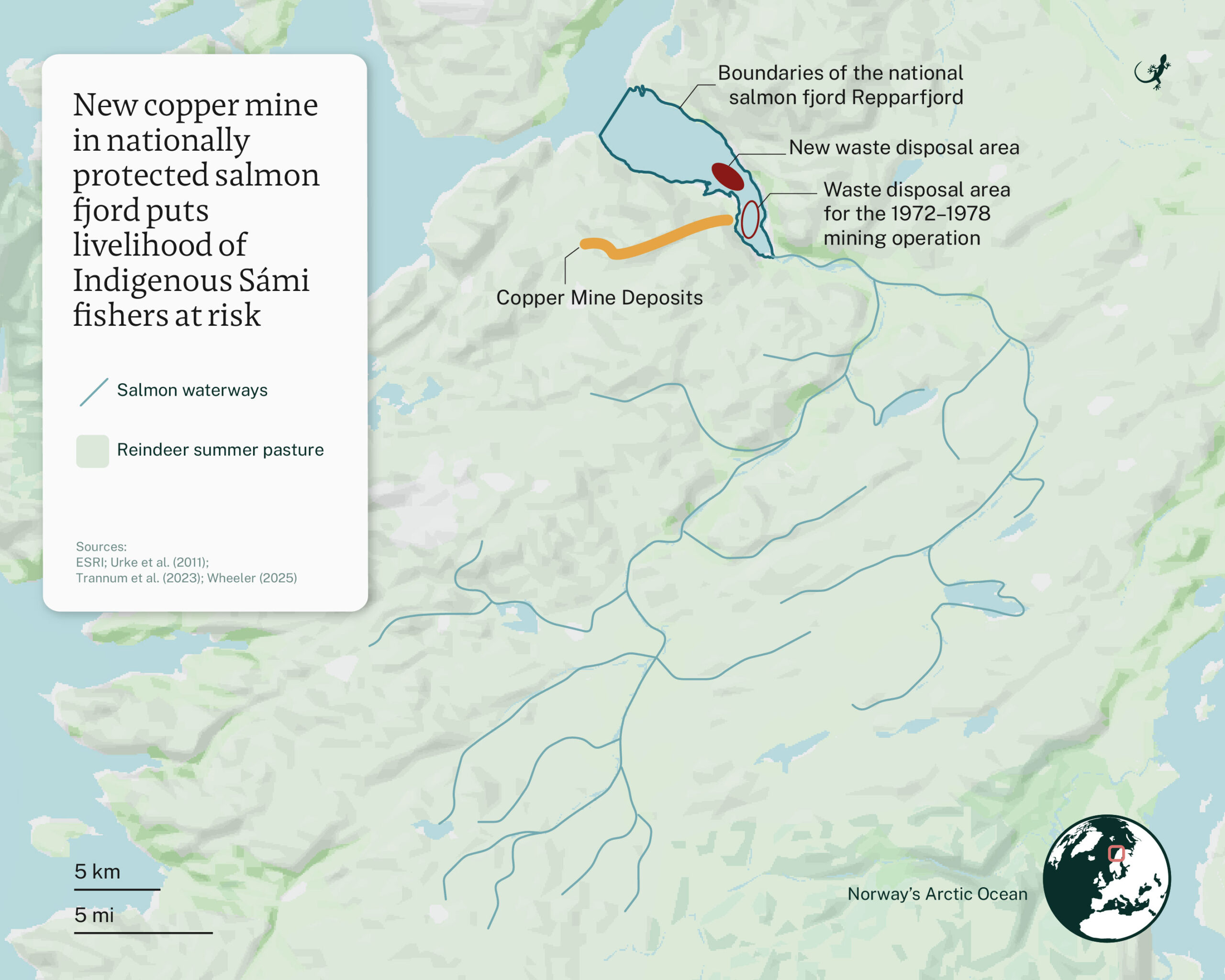
“This is an important fishing place for our people,” Annie Leonore Henriksen, a Sámi person from Hammerfest and member of the environmental protection NGO Naturvernforbundet (Friends of the Earth Norway), told Mongabay via video call. “The fish and the plants and everything will have this poison in them. Animals, plants and we human beings will have [poison] in us.”
According to studies, STD can impact the environment by altering the seabed, causing higher turbidity, and introducing toxic metals, chemicals and tailings into the marine ecosystem. This causes a decline in taxonomic and functional diversity, as well as a reduction in species and ecological functioning.
‘Placing’ vs ‘dumping’ waste
“If you want to make a [waste] deposit, anything that comes under the tailings will die,” Harald Sørby, a section manager at the Norwegian Environment Agency, told Mongabay by phone. “Those who have the opportunity to move, they will go away. Fish won’t suffer in that matter; they won’t die. It’s the habitats, so to speak, those that are stationary in the area or the disposal sites.”
Sørby said Nussir has been granted a permit to “place” its tailings waste at the bottom of the fjord, which is different from “dumping” — a word frequently used by environmental activists to describe the company’s tailings disposal plans.
“The word ‘dumping’ implies that you just drop something without having any interest in the fate of what you drop, so it may go anywhere and do harm anywhere,” he said. “We use the word ‘placing’ because we demand that the company has to make an arrangement to take the tailings down to the sea bottom and place it down there in such a way that it stays there and does not spread around outside the area set aside for the disposal.”
For some countries, such as Papua New Guinea and Norway, STD is accepted because it requires less land and therefore allows for better land-use opportunities; is less costly both during operation and after mine closure; and it lowers the risk of tailings dam failure in geographically challenging areas, such as rugged, mountainous terrain or places with heavy rainfall. Research has shown that the scale of ecological impacts related to the STD method depends on the amount of tailings deposited in the seabed.
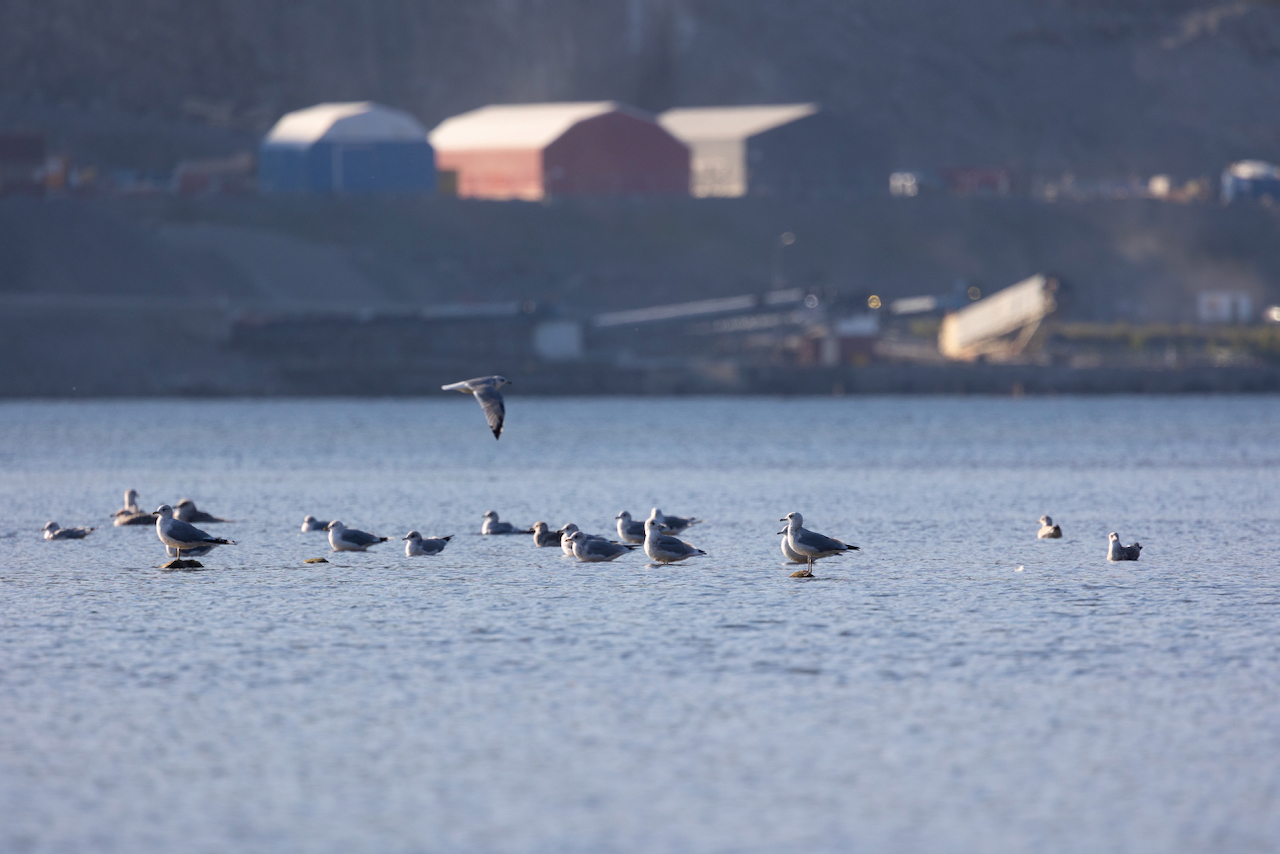
The Nussir mine isn’t the first copper project in the area. Between 1972 and 1978, Folldal Verk A/S mined copper from the Ulveryggen deposit in Repparfjord and discharged its tailings into the fjord via a pipeline. According to a study published in Science of The Total Environment, single-cell organisms (benthic foraminifera) that lived at the bottom of the fjord disappeared almost entirely as a result, while other species now dominate the seabed.
Research has also found that these past waste deposits are still releasing metals out of the seafloor and into the water. And although the area has since been recolonized by new species that are more stress-tolerant and opportunistic, the area has never been the same.
Sørby told Mongabay that when it comes to the mining waste disposal that took place in the 1970s, the word “dumping” is accurate. But he said he believes this won’t apply to the Nussir mine because the environmental agency has set conditions to ensure the company minimizes the risk of waste dispersal.
Reindeer herders also worry
The Nussir mine, which plans to produce between 1.9 million tones and 2.1 million tons of crude ore per year, is located near an important reindeer breeding ground. Nussir hasn’t yet extracted any copper, but it has begun to build a tunnel to reach the mineral deposit. Sources told Mongabay the operation will disturb the animals.
Like fishing, reindeer herding is an integral part of Sámi culture. As well as economic subsistence through the selling of meat, hides and antlers, it also forms a fundamental part of their spiritual and cultural identity. Reindeer are considered sacred to the Sámi people, and their well-being is tied to the health and prosperity of the entire community.
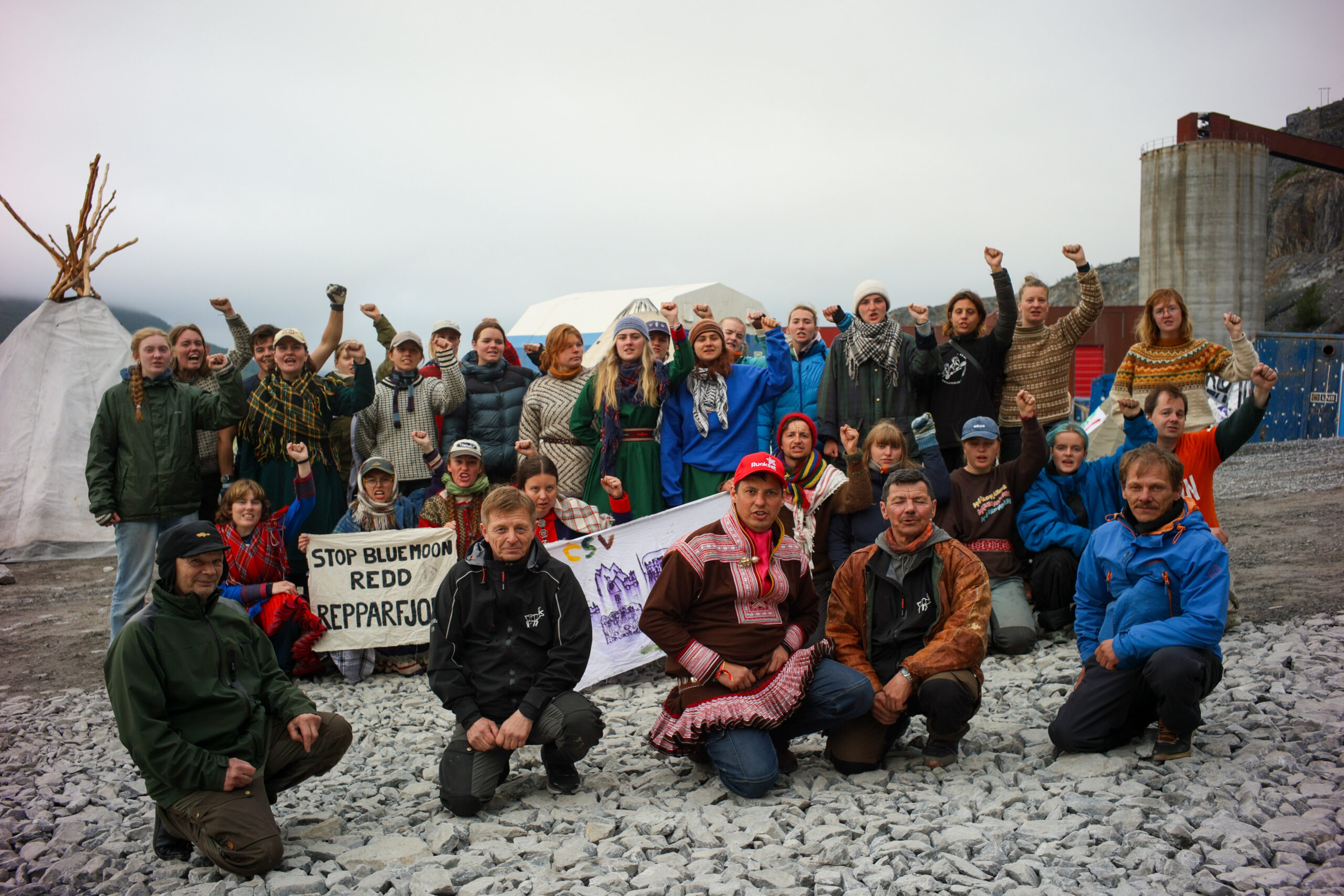
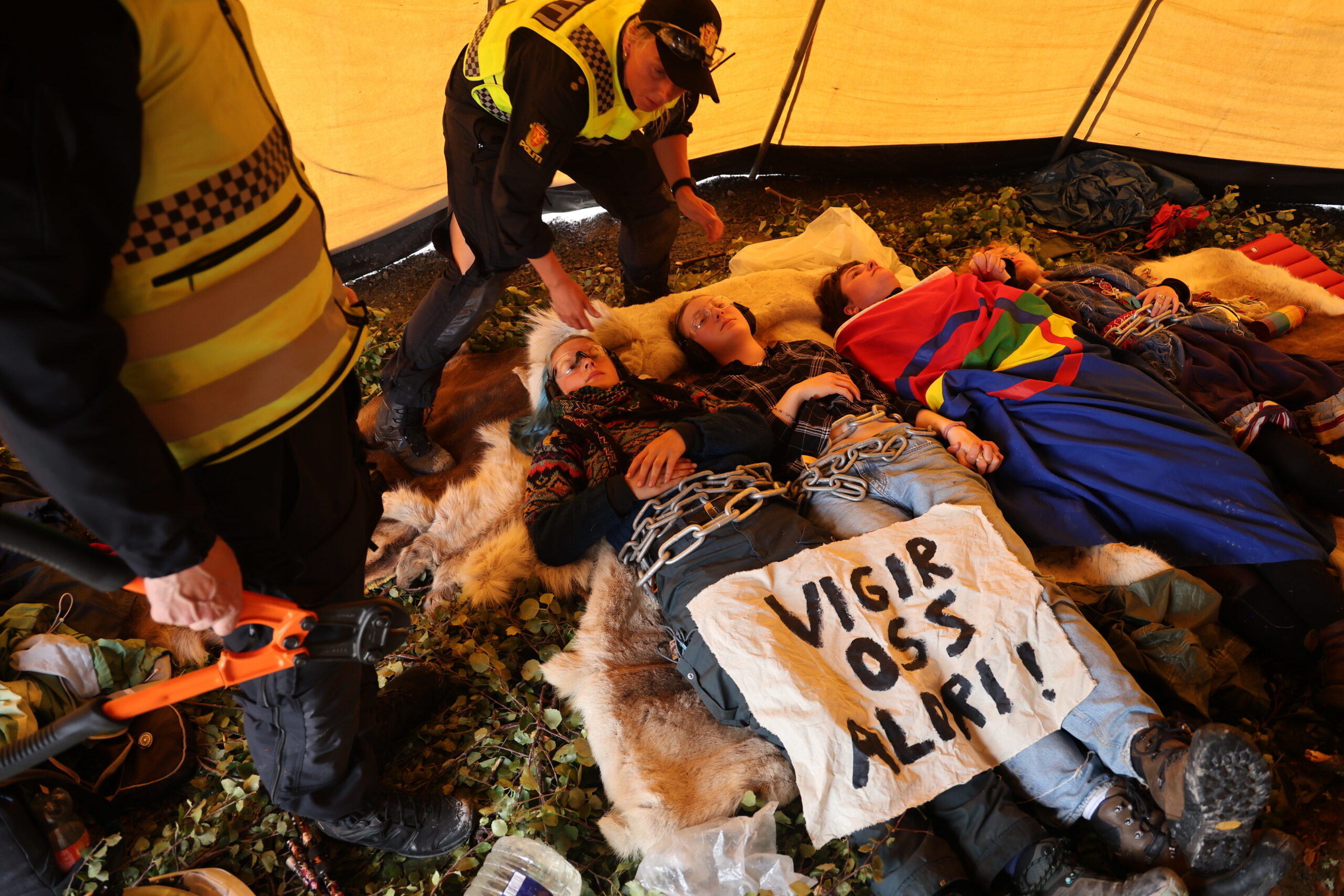
“When we cannot live from fishing and from reindeer farming, something important is taken away from us,” Leonore said. “What is a woman and what is a man if you cannot fish? You lose your power in a way. It’s not good. It’s a bad feeling.”
According to Elias, the Green Party councilor, Nussir hasn’t yet come to an agreement with local reindeer herders. In the company’s mining permit, it says the Norwegian Reindeer Husbandry Administration in West Finnmark “recommends not issuing the permit applied for by Nussir ASA on the basis of the total impact a copper mine would have on reindeer husbandry.”
Elias said the project will be “detrimental” to the reindeer’s health and plant life due to the noise, pollution and other disruptions caused. The company’s permit says, “Nussir ASA specifies that they aim to develop mining operations in such a way that allows current reindeer husbandry to continue as normal.”
Source: Mongabay
